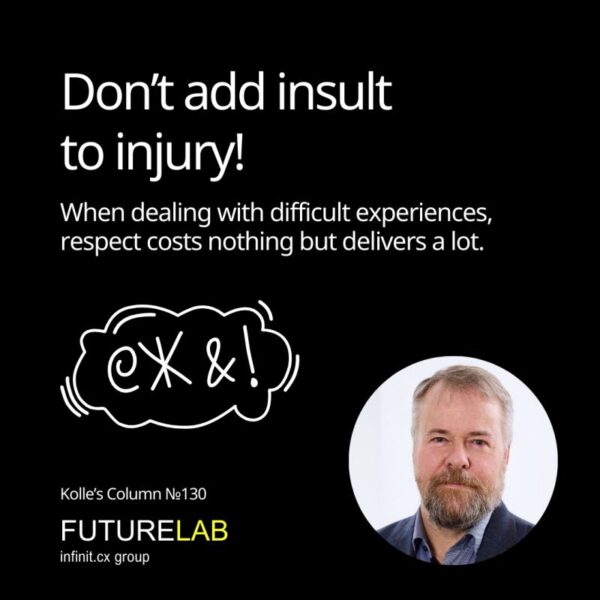by: Idris Mootee
Diagram: BAH Innovaion Effectiveness Curve
Last year, the BCG innovation study reported that innovation remains a top strategic focus for many companies, with 72% of the 1,070 executives in 63 countries and all major industries ranking it a top-three strategic priority. It demonstrated that innovation does translate into superior long-term stock-market performance: the 25 most innovative companies (as defined by the survey respondents) had a median annualized return of 14.3% from 1996 through 2005, a full 300 basis points better than that of the S&P Global 1200 median. Furthermore, innovators increased median profit margins by an annualized 3.4%points per year over the ten year period, vs. 0.4 % points for the media S&P Global 1200 company. In addition, they maintained revenue growth on pace – 9% per annum – with the index median. They asked the executives why they thought the company was innovative, and summarized the results for the top five. These were the top three:
– Innovative Culture
– Deep Customer Understanding and Focus
– Market Focused
According to the BCG/Business Week 2007 survey, the first 50 of the 1032 responses on the survey believe Apple is the most innovative company in the world. I believe the very first reason gets to the heart of Apple’s ability to innovation–using design thinking to create products/services that meet the unmet needs of consumers. It is not about building a product whether an iPod or iPhone, they were building an ecosystem of innovation. Their ability to "engineer" desire for products no one ever knew that they wanted. Marketing has always been communicating desire, but never about engineering desire. I would argue today’s marketing has to go beyond communications to innovation. Not all marketers are ready for this new job. Adding emotional value is not something that is taught in MBA schools. While cost control resulting in competitive pricing of products can influence the customer’s motivation for choosing a product, truly successful products sell because they appeal to the emotions and values of the customer. They do not need to be competing objectives, though many companies consider them to be. Rather, a design thinking-driven strategy that couples the two can produce a product that fulfills the rational and emotional expectations of the customer.
Design thinking is really a new metaphor for business and marketing strategy. It is the best way to develop and engineer desire and embed them into what we sell. Design thinking is being created at the intersection of experience design (product and interactions), business (including marketing and channel) and technology. The questions which institutions should take the lead in promoting it… B-school, D-School or Engineering School? I don’t have an answer for this one.
Many including Bill Buxton is skeptical about the notion that was popularized by Eric von Hippel that lead users can be co-designers of products. He agrees that a key weakness of paper prototypes is their inability to incorporate the actual data that animates our experiences of products and services. One of his examples: MP3 players think in terms of songs, not movements, so if you load one with classical music you’ll find a bunch of duplicate songs called Adagio. In such a case, Bill admits, you’d like to have used a more fully-realized prototype that could have absorbed real data and flushed out these kinds of problems. His point isn’t that you should never deploy heavier design artillery, but rather that you should reserve it for when it’s absolutely necessary. I do not agree with him on this point. I strongly believe design thinking is about applying visualization as an inquiry process that deals with both verbal and non-verbal mediums. The more heavy design artillery we bring in early in the process, the more we can express these non-verbal attributes of design and draw out both users and business implications.
I am not going to make this a long one today as I am a week behind in terms of my day job due to traveling. There are questions about what are the many elements of innovation and that includes the mix of people and skills. Also what kind of critical skills are needed, here I would tell you design skills are crucial to any innovation effort. What processes are required to support innovation? The answer is to bring design thinking inspired exploratory process early in the business strategy cycle. Many companies fail in their attempts to innovate because they do not have a structured-play apporach in bringing innovaiton to action. I will wrap this up by giving you a framework to think about applying design thinking in business strategy. I called this the "4Ps of Design Thinking for Strategy" and they are as follow:
– Pattern Recognition
– Participation
– Prototyping
– Possibilities
Enjoy the slides show and I will discuss each of the above in the coming days. I’d like to hear your views on each of those. Happy Thanksgiving!
Original Post:http://mootee.typepad.com/innovation_playground/2007/11/innovation-and.html




